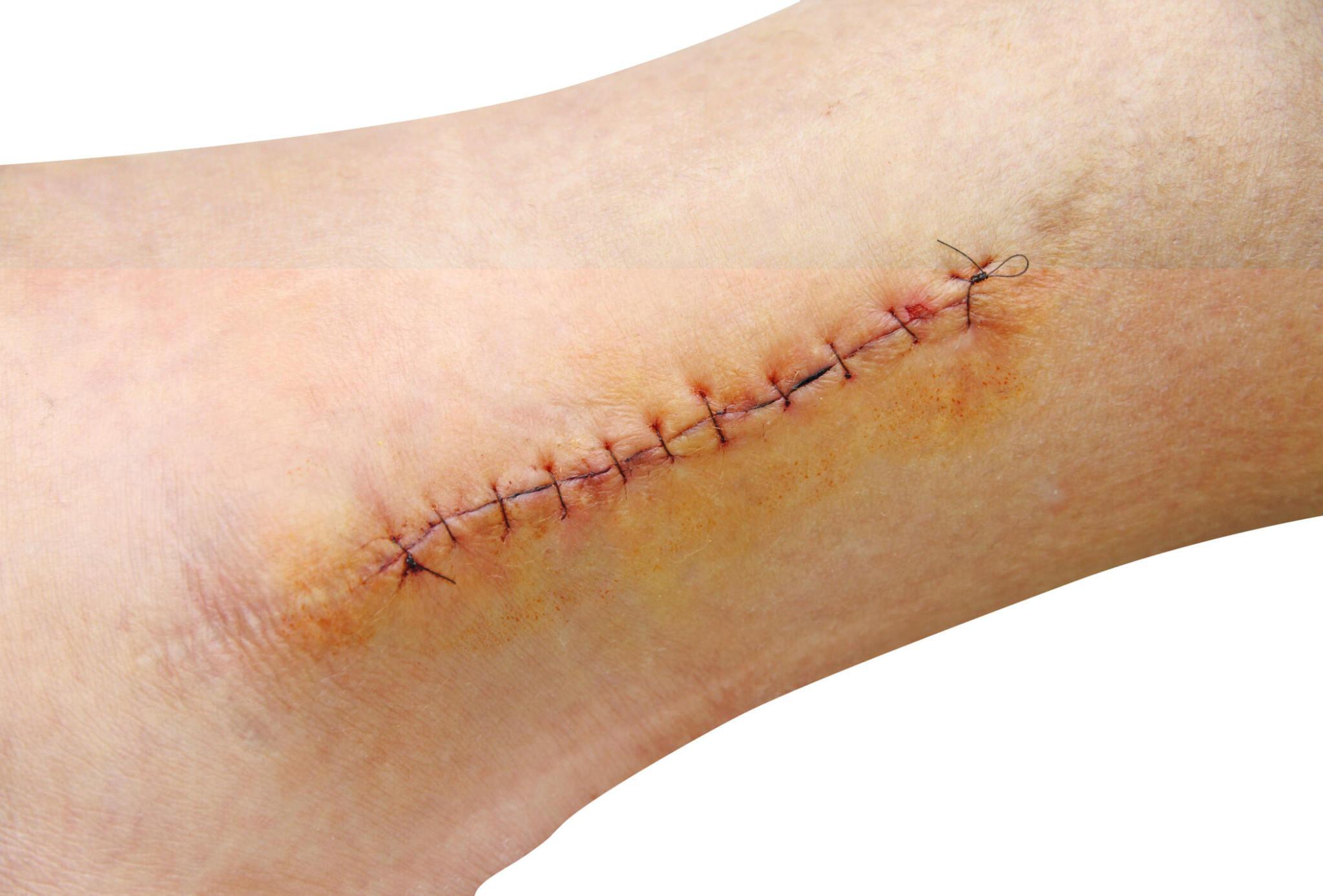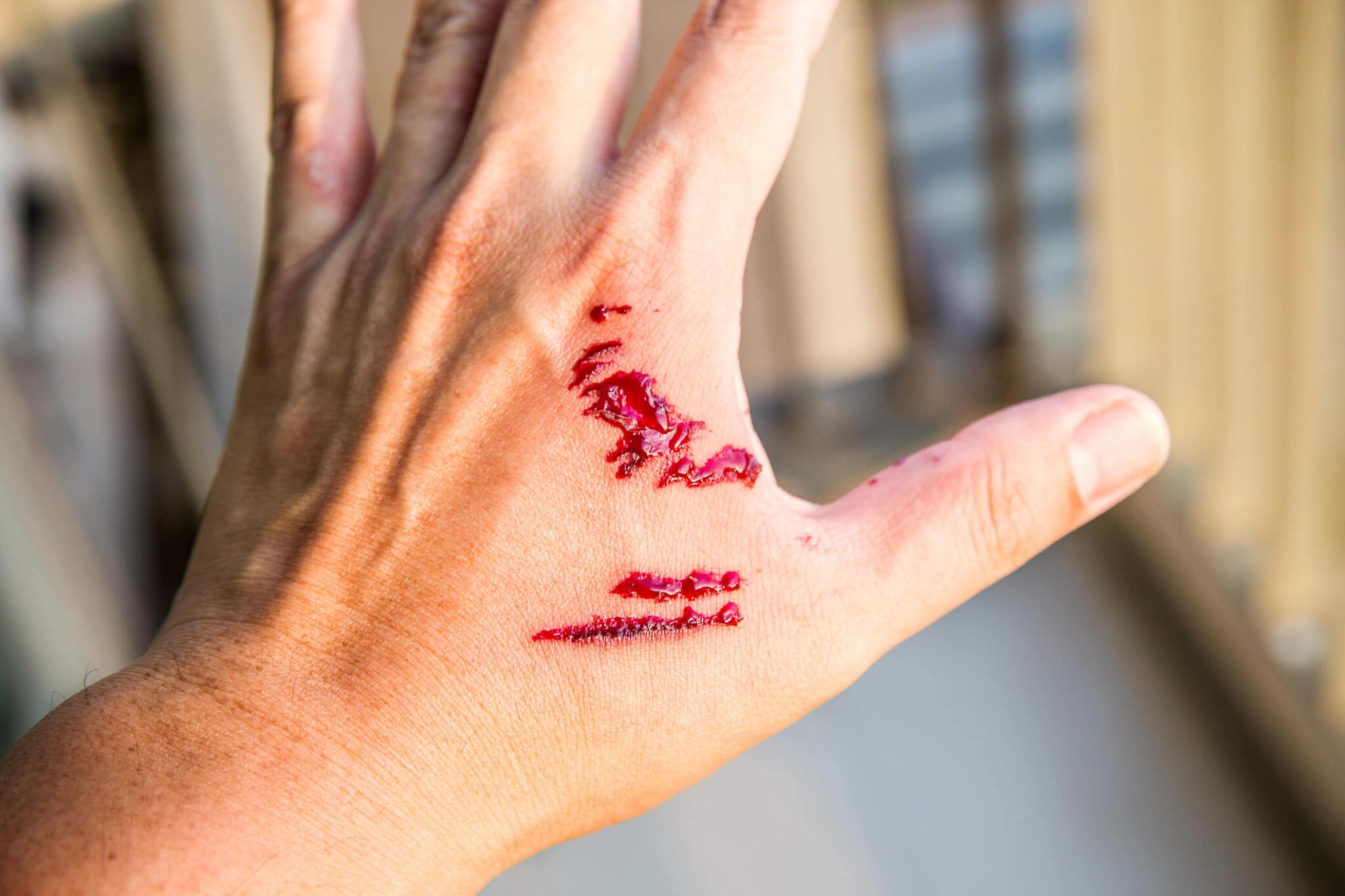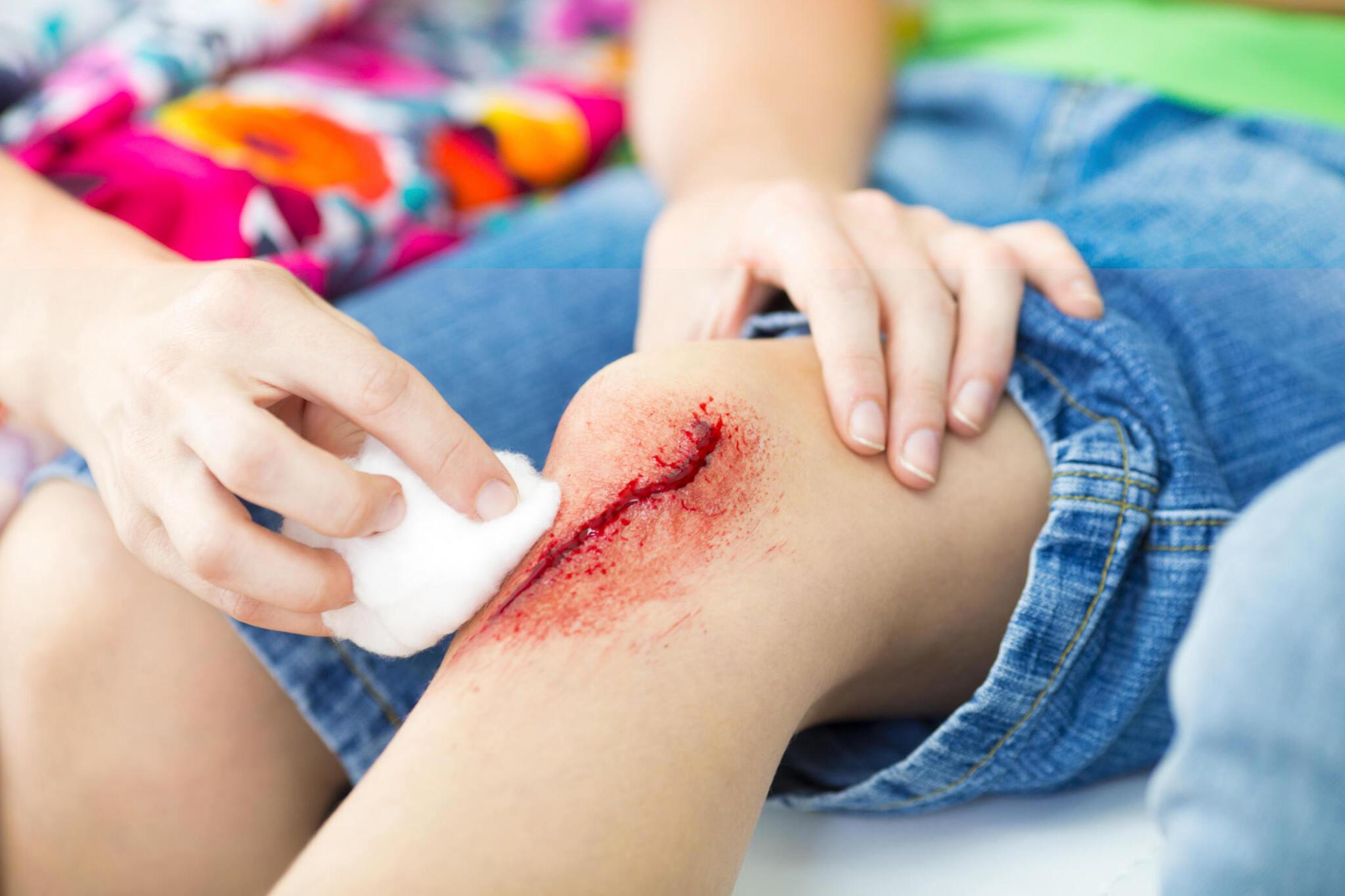
Accidents happen when we least expect them. A slip with a kitchen knife, a misstep on a hike, or even a fall during a friendly game of soccer – these everyday occurrences can quickly turn into emergencies, leaving us with wounds that demand immediate attention. Thankfully, trusted urgent care in Fairfield, CT, is here to help when injuries cut deep.
Deep cuts and lacerations, though commonplace, often conceal more than meets the eye. When these injuries occur, understanding the significance of sutures and the role of urgent care in Fairfield, CT, becomes crucial.
Deep cuts, sometimes called lacerations, extend well beyond the skin’s surface, reaching deeper layers of tissue. While these wounds can result from everyday accidents, their severity should never be underestimated. Cuts that need stitches should be promptly assessed by a medical professional to ensure proper wound closure and minimize the risk of infection.
When it comes to deep cuts, sutures play a pivotal role in the healing process. Understanding why they are necessary can help individuals make informed decisions about seeking medical attention at an urgent care in Fairfield, CT.
If you’re in Fairfield, CT, and exploring reputable clinics nearby for potential cuts and wounds that may need sutures, consider Docs Primary Care – Fairfield. Here, you can expect care from professionally trained healthcare providers who offer a friendly and high-quality experience.

Puncture wounds, often underestimated, pose unique challenges and risks that require immediate attention at urgent care in Fairfield, CT.
Puncture wounds occur when a sharp object pierces the skin and underlying tissues. These injuries can range from seemingly innocuous to potentially life-threatening, depending on various factors.
Puncture wounds often necessitate sutures, even if they don’t exhibit heavy bleeding. Understanding why sutures are crucial in these cases can help individuals make informed decisions about seeking urgent care in Fairfield, CT.

Avulsions, a less common but often severe type of wound, demand immediate attention at reputable urgent care clinics in Fairfield, CT.
Avulsions are wounds where a portion of the skin or underlying tissue is torn away. These injuries are often the result of high-impact accidents and can lead to substantial damage. It’s crucial to seek immediate medical attention at an urgent care in Fairfield, CT. These injuries are often the result of high-impact accidents and can lead to substantial damage. Prompt evaluation and treatment at an urgent care in Fairfield, CT, can help mitigate the extent of injury and promote optimal healing.
Avulsion wounds are not only painful but also challenging to manage without proper medical intervention. Understanding why sutures are essential in avulsion cases can guide individuals to seek urgent care in Fairfield, CT, promptly.
When in search of a trusted urgent care facility in Fairfield, CT, for cuts and wounds that may require sutures, take a moment to explore nearby clinics like Docs Primary Care – Fairfield. Our healthcare professionals are dedicated to providing top-notch care with a friendly touch.

Crush injuries, often occurring in workplaces or during accidents, can lead to significant damage and necessitate prompt attention at urgent care in Fairfield, CT.
Crush injuries result from a forceful compression of body parts, and their consequences can be more severe than meets the eye. If you or someone you know has suffered a crush injury, it’s essential to seek immediate medical attention at an urgent care in Fairfield, CT. These injuries can have serious implications, and timely evaluation and treatment at an urgent care facility in Fairfield, CT, can make a significant difference in the outcome.
Crush injuries may appear daunting, but sutures are a crucial tool in their management. Understanding why sutures are vital in crush injury cases can guide individuals to seek urgent care in Fairfield, CT, promptly.
Suturing, a fundamental aspect of wound care, is not without its potential risks and complications. Understanding what can go wrong and how to address these issues is crucial for patients seeking care at an urgent care in Fairfield, CT.
While sutures are essential for wound closure, several associated risks warrant consideration:
Infection is a primary concern with any open wound, including those that have been sutured. Sutures can create an environment where bacteria thrive if not adequately cared for.
Some individuals may have allergies to certain suture materials, such as those made from synthetic materials like nylon or polypropylene.
Suturing, while promoting healing, can still result in scarring, which can be of concern to patients.
Healthcare providers at urgent care in Fairfield, CT, take several precautions to mitigate the risks associated with suturing:
Knowing when you need stitches is essential for effective wound care, as timely treatment can significantly impact the healing process. Proper aftercare and attentive monitoring are integral to ensuring a smooth recovery after suturing.
Proper wound care is paramount to ensuring a smooth recovery after suturing.
Patients may receive prescriptions for antibiotics to prevent infection or pain medications to manage discomfort.
Patients should closely monitor the sutured wound for any signs of infection or complications.

When it comes to wound closure, urgent care in Fairfield, CT, offers two primary options: staples and sutures. Understanding the differences between these methods can help patients make informed decisions about their wound care.
If you’re looking for a dependable urgent care option in Fairfield, CT, especially for the treatment of cuts and wounds that may need sutures, don’t overlook nearby clinics, including Docs Primary Care – Fairfield. Our skilled healthcare team is committed to offering excellent care while maintaining a friendly atmosphere.
When it comes to wound closure, staples, and sutures are not the only options available at urgent care in Fairfield, CT. Another method gaining popularity is adhesive wound closure using medical glue or adhesive strips. Understanding these alternatives can help patients make informed choices about their wound care.
Ready to experience top-notch medical care at Docs Primary Care – Fairfield? Our dedicated team is here to provide expert guidance on wound care and all your healthcare needs. Schedule an appointment today and let us help you on your journey to a healthier, faster recovery. Your well-being is our priority. Contact us today for a consultation!


During this surge in COVID-19 cases, our primary focus is meeting the high demand for tests, and we are seeing higher than usual wait times. This means we are unable to answer most phone calls. Please know that our teams are working very hard during this time to care for as many patients as safely as possible. Please click the button below for answers to common questions. We appreciate your understanding.